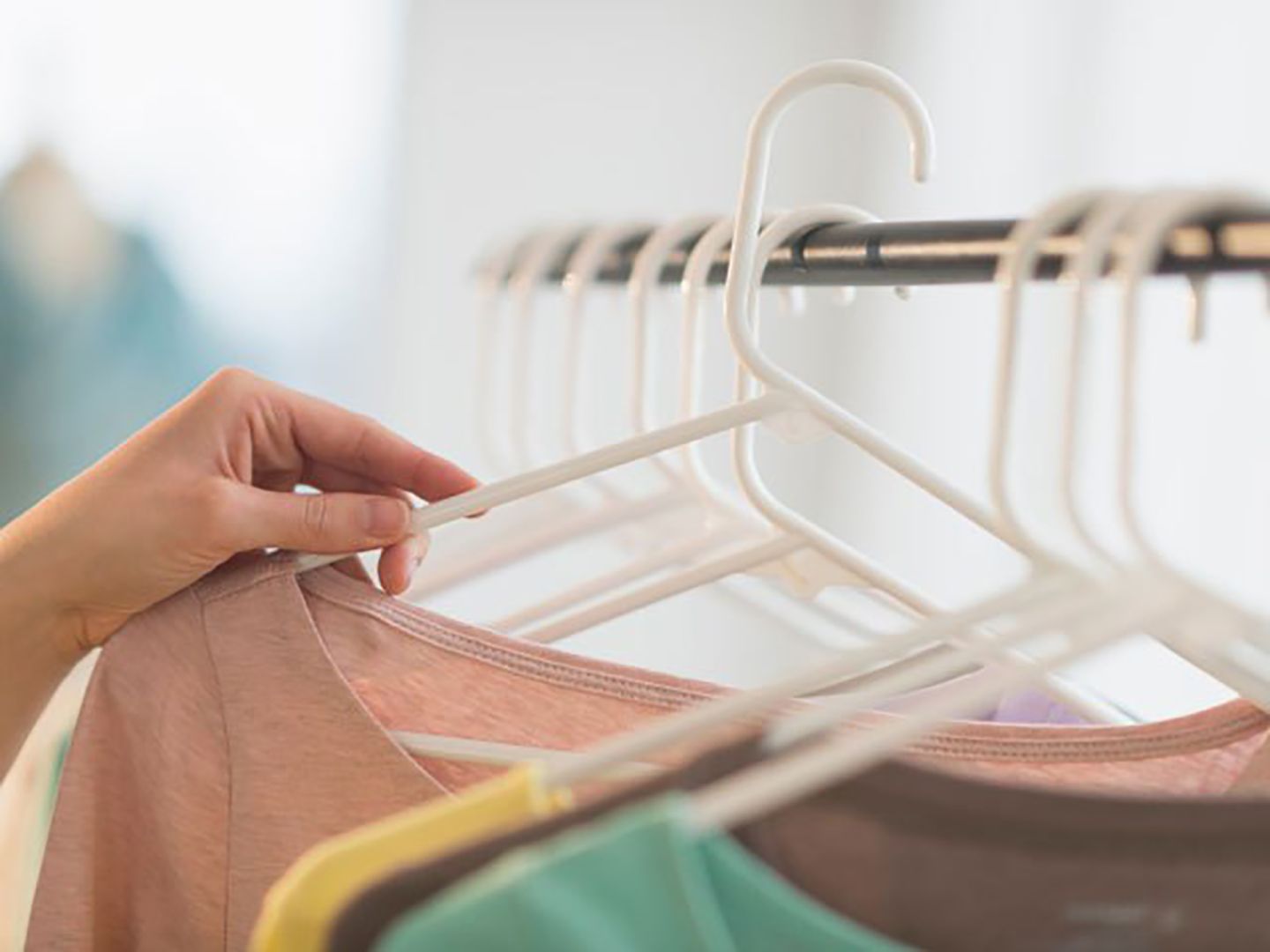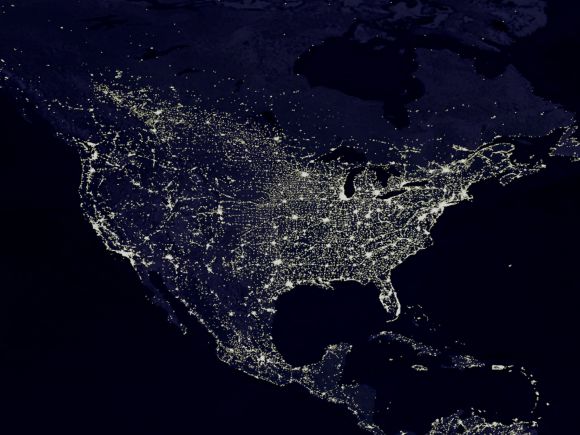It’s amazing how much can change in a year.
For the longest time, apparel retailers gave the cold shoulder to plus-sized women.
Aside from the few stores completely devoted to the plus-size market, such as Lane Bryant and Avenue, the offerings have traditionally been poor, unfashionable and usually placed in the least-trafficked areas of stores.
But that’s all changing.
Retailers are warming up to the idea of catering to this demographic and are starting to dip their toes into the full-figured clothing business.
And it’s no wonder why.
An Underserved Market
Plus-sized women’s clothing, generally defined as size 14 and up, is a growing, billion dollar business – representing almost $18 billion of the $116 billion women’s apparel market.
And while more brands are starting to add plus sizes to their offerings, in 2013 less than 15% of brands offered sizes larger than a 12.
Yet, 72% of women wear sizes 12 and above with size 14 being the U.S. average. Moreover, 65% of U.S. women wear sizes 14 through 24.
The pervasive stereotypes associated with the notion that larger women don’t want to dress fashionably are unfounded and have resulted in a depressed apparel segment.
Women sizes 12 to 26 want what all consumers want: good quality clothing, a fashionable range of options, compelling prices and a contemporary store environment.
So in an era where the overall apparel market is experiencing modest gains and retailers are saying they have to find new ways to grow, plus-size apparel should be an irresistible market to try to tap into.
The plus-size consumer accounts for more than 65% of the apparel-purchasing population and as plus-size apparel offerings become stronger, women will spend more.
For example, after expanding its assortment of full-figured apparel in 2011, ModCloth, an online apparel retailer, saw business more than triple – with plus-size items having a 25% higher order value than the average order.
However, entering into this market can unfortunately be a tough choice for retailers as the segment isn’t all sunshine and roses.
Deciding whether to carry plus-size clothing comes down to a risk calculation as most retailers can’t afford to stock sizes that fit everyone and plus-size clothing is generally more expensive and complex to manufacture.
The Bottom Line
The plus-size clothing market is and will continue to be a significant part of the overall apparel market, so catering to plus-size shoppers can provide retailers with a competitive edge, generate interest from a new shopper base and capture a greater share of the plus-sized consumer’s wallet.
So ask yourself if entering this market will be a beneficial growth move.
If you need help determining whether this would be a wise investment, Buxton’s customer analytic solutions can tell you exactly what your potential would be if you entered this market, who your best prospective plus-sized customer would look like and where the highest concentrations of these potential customers would be.
If you’re interested in learning more and exploring this growth avenue, reach out to us. We can help.


